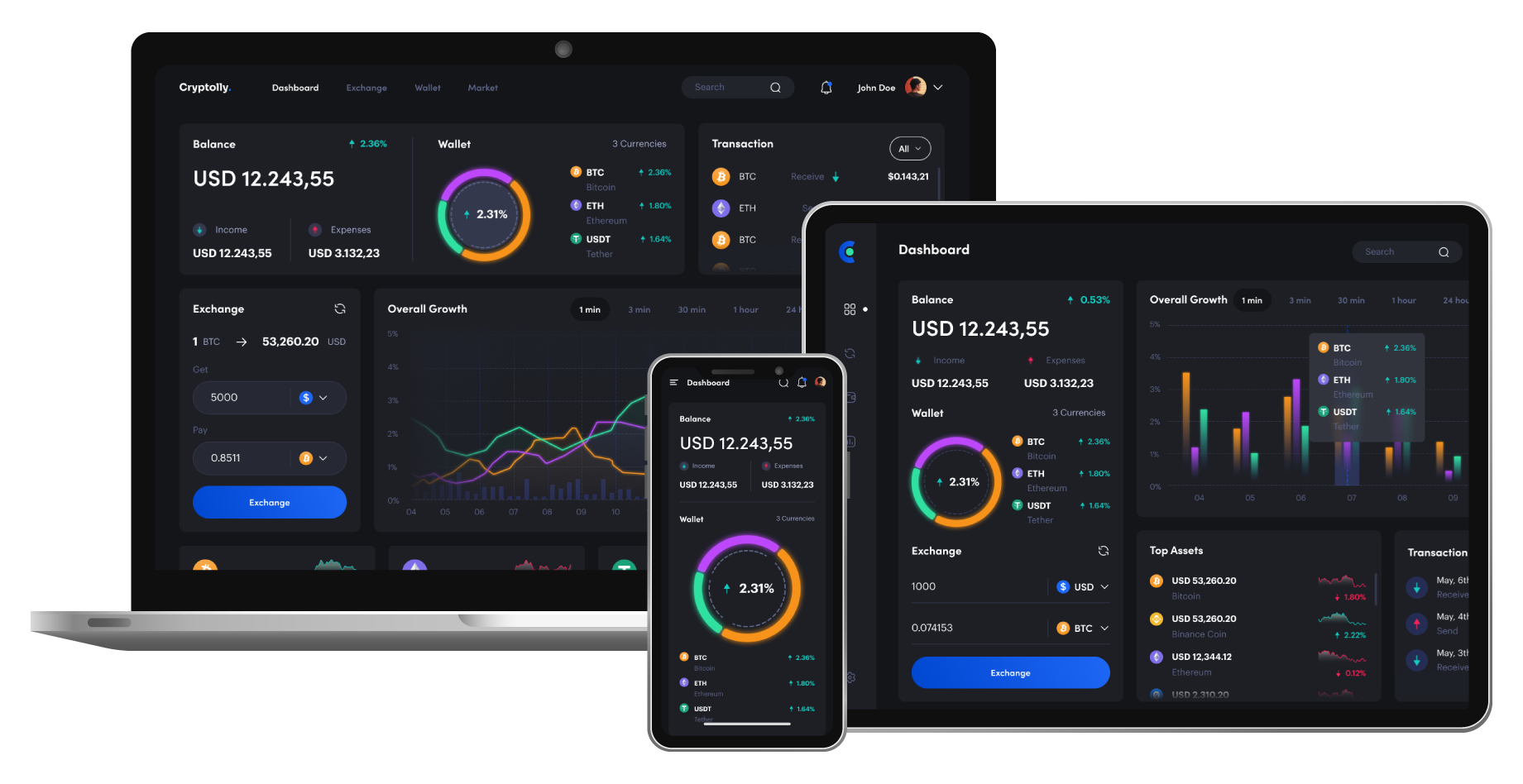
Day trading is an exciting but high-stakes approach to investing that requires knowledge, discipline, and a clear strategy. In this guide, we’ll break down how to get started with day trading, understand the key principles behind successful trades, and adopt best practices as a private trader.

Day trading involves buying and selling financial instruments, like stocks or forex, within a single trading day. The goal is to capitalize on small price movements in highly liquid assets. Successful day trading relies on real-time analysis, market expertise, and the ability to make quick, well-informed decisions.
Unlike traditional investing, day traders close out positions at the end of each day, avoiding the overnight risks that can arise from holding assets.
Profits can add up quickly by leveraging small price changes multiple times a day.
Positions are closed daily, reducing the risk of market movements overnight.
Market fluctuations can lead to significant losses. Requires
Success depends on research, technical analysis, and experience.
Starting with day trading requires preparation and a solid understanding of both the risks and mechanics involved. Here’s a step-by-step guide:
To become a successful day trader, familiarize yourself with financial markets, trading terminology, and trading principles. Topics to research include:
Books like “A Beginner’s Guide to Day Trading Online” by Toni Turner or online resources from reputable financial sites can provide foundational knowledge.
Day trading can be done across various markets, each with unique features:
Start with one market to build expertise and reduce complexity.
Choose a reliable trading platform with user-friendly features, real-time data, and competitive fees. Popular choices for beginners include:
Look for brokers with low fees, strong customer support, and demo accounts to practice trading with virtual money.
A demo account allows you to practice trading without risking real money. Use it to:
Most brokers offer free demo accounts, which are invaluable for building confidence and understanding trading mechanics.
A trading plan is a roadmap for how you’ll approach each trading day, including:
A well-defined plan minimizes impulsive decisions and increases consistency.
Day trading relies on specific strategies to identify opportunities and act quickly. Let’s explore some commonly used strategies that are effective for beginners.
Scalping involves making multiple trades to earn small profits from minor price changes throughout the day.
Momentum traders look for stocks moving strongly in one direction on high volume and try to ride the wave.
Breakout trading identifies stocks breaking above resistance levels or below support levels, with the idea that prices will continue in that direction.
Mean reversion assumes that prices will eventually return to their average, meaning a rapid price increase or decrease may soon reverse.
Preserving capital is crucial in day trading since one bad trade can wipe out gains. Risk management techniques include:
Setting a Stop-Loss: Place a stop-loss order to exit a position if it moves against you by a set amount.
Position Sizing: Invest only a small portion of your capital in each trade to minimize losses. Experts recommend risking no more than 1% of your total capital on a single trade.
Maintain Discipline: Discipline separates successful traders from those who struggle.
Chasing Losses: Accept losses as part of trading, and don’t attempt to make up for them with impulsive trades.
Trading on Emotion: Fear and greed often lead to irrational decisions. Avoid trading on “gut feelings.”
Maintain a trading journal to log each trade’s outcome, including:
Entry and Exit Points: Record the price at which you bought and sold.
Strategy Used: Note the strategy and any indicators used.
Outcome and Reflection: Track your wins and losses, and review what went well or could improve.
Analyzing past trades can reveal patterns in your behavior and identify areas for improvement.
Start Small and Scale Up Gradually As a new trader, start with small positions to minimize risk.
Focus on learning rather than making large profits initially.
Day trading requires specific tools and resources to succeed, including:
Platforms like TradingView offer detailed charts, indicators, and analysis tools.
Access real-time news (e.g., Bloomberg or CNBC) to stay informed about economic events impacting the market.
Websites like Investing.com provide calendars of upcoming economic events that may affect markets.
Joining forums like r/Daytrading on Reddit can provide insights and support from fellow traders.
Day trading requires a strong mental approach to cope with the pressures of quick decision-making and potential losses. Common psychological traits of successful traders include:
Patience and Focus: Learning to wait for the right opportunities rather than forcing trades.
Adaptability: The market is dynamic, and successful traders adjust to changing conditions without becoming emotionally attached to a single outcome.
Stress Management: Techniques like mindfulness and taking regular breaks help reduce the stress associated with rapid decision-making.
Recognizing and managing the psychological factors of trading is crucial for long-term success.
Day trading is not a get-rich-quick scheme. Building expertise, making consistent profits, and maintaining discipline require time and practice. Successful traders:
Spend months or even years honing their skills.
Develop strategies that work in different market conditions.
Understand that losses are part of the process and aim for consistent gains rather than big wins.
Getting into day trading can be demanding, but it offers great potential for those committed to learning, practicing, and refining their skills. By taking key steps—such as mastering the fundamentals, using a demo account to gain experience, crafting a solid trading plan, applying reliable strategies, and controlling risk—beginners can significantly boost their chances of succeeding as independent traders.
Keep in mind that discipline, patience, and effective risk control are essential for long-term success in day trading. Aim for consistent improvement each day, focusing more on sustainable growth than chasing quick wins.
Happy trading!
Day trading is a fast-paced, high-risk investment strategy where traders buy and sell financial instruments within the same day. This method requires quick decision-making, robust tools, and access to reliable platforms that can support real-time trading. For those who are serious about day trading, selecting the right platform is crucial for maximizing success.